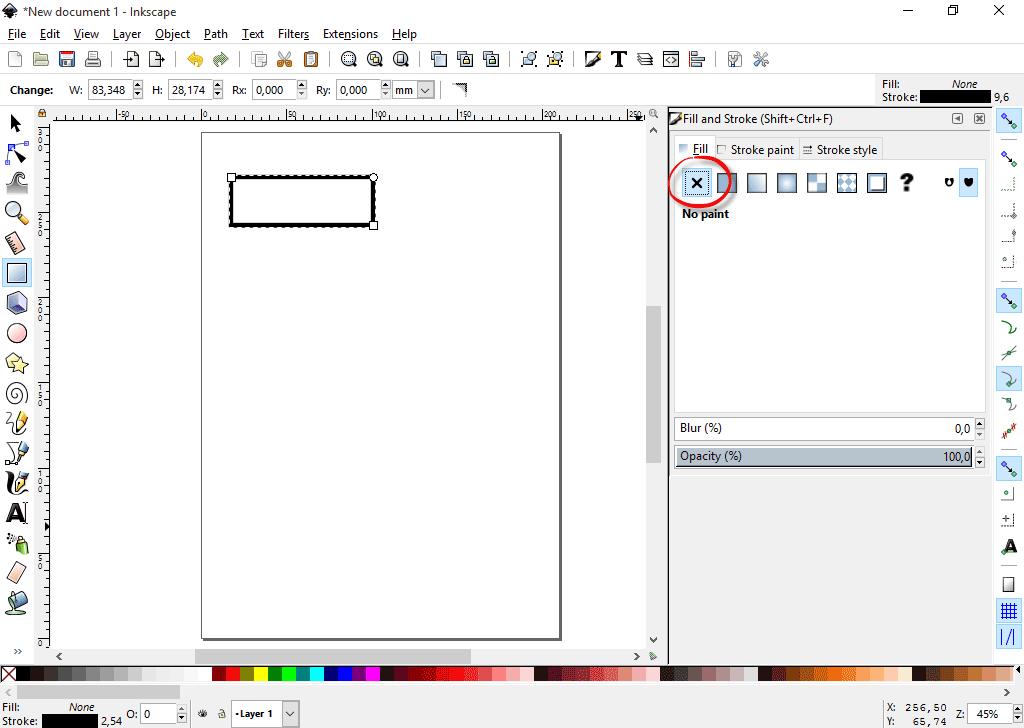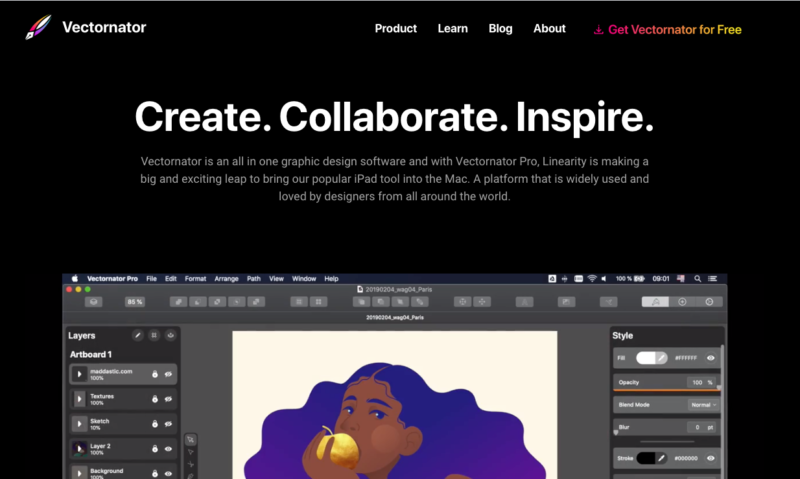

Be aware that not every image can be traced well, and the more complex it is the more difficult it will be to get a satisfactory tracing. If the trace is not working properly, try adjusting the slider bars to see if you get better results. Multiple vectors can be created - after creating the first one, simply adjust any settings and selections and click Apply to create them. Once you have everything set, click preview to show the vector lines and if it is what you need, click Apply to create the actual vectors.

Tighter corners may be more true to the original design. Looser corners may give an more accurate representation of how the material will be cut, especially with an exterior cut. Corner Fit: How sharp corners are kept when vectorizing.You can also click directly on the image to select the color. After setting the number of colors, use the check boxes to select which colors will be in the new vector. The software will automatically simplify the image to be no more than 16 colors, and you can control this with the slider bar under Number of Colors / Threshold. If your image is not pure black and white, but contains shades of gray, this is what will determine what shades are treated as black instead of white. If you need to work with full color images, the software will first have to simplify the image by reducing it to no more than 16 different colors.įor black & white images, the only option is threshold, which runs from 0.01 to 0.99. Black & white images are the easiest, as all the software has to do is draw lines around the black shapes. You can trace either black & white images or full color ones. Next, select the "Trace Bitmap" icon in the "Create Vectors" group.

In order to do this, select the "Import Bitmap for Tracing" button from the File Operations group or simply drag and drop the images into the workspace. JPGs, PNGs) into vector files by drawing a line along the border of any two pixels of different colors. Tracing bitmaps is a way of converting a standard image file (e.g.


 0 kommentar(er)
0 kommentar(er)
